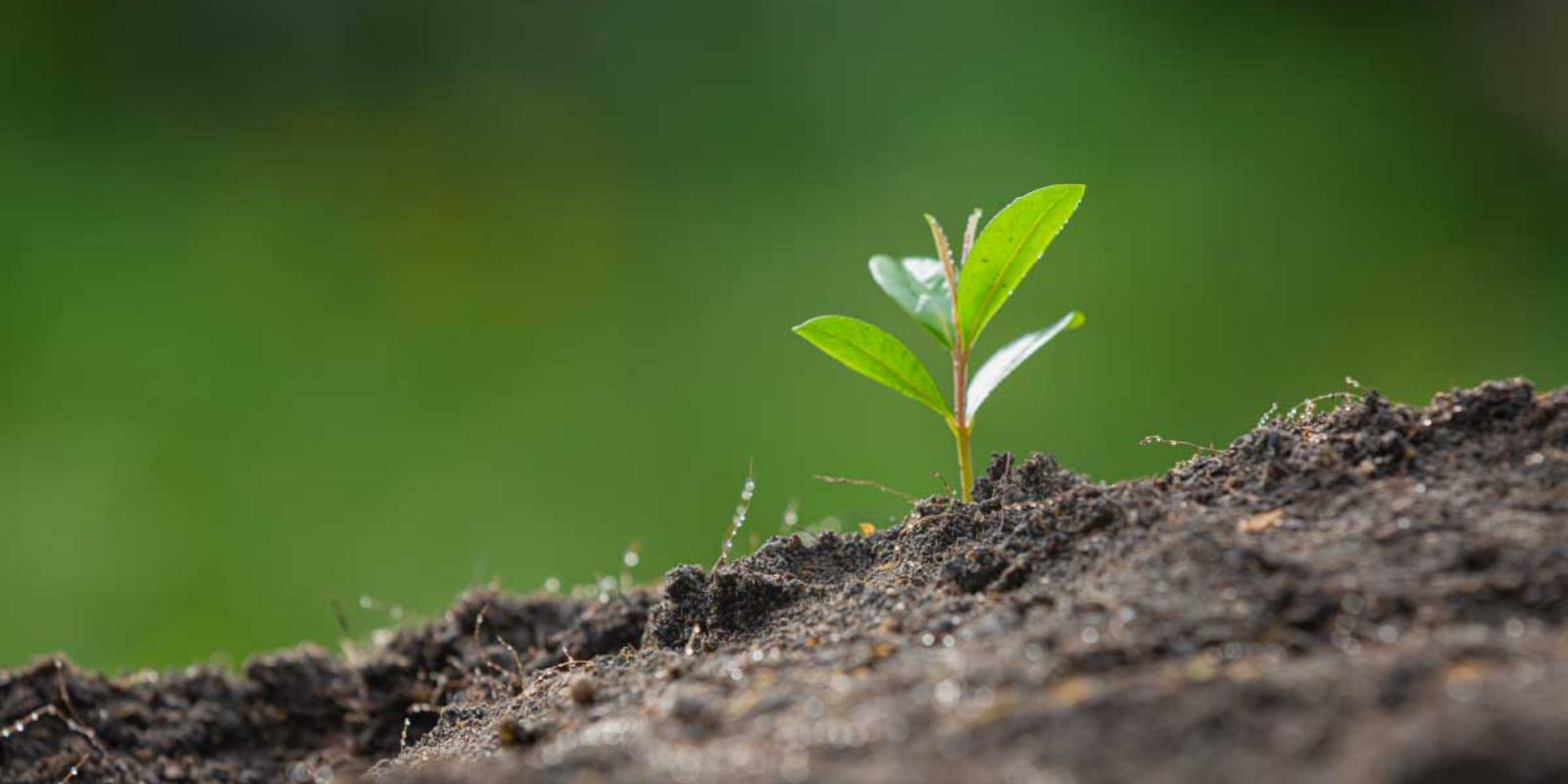Magnesium, though often overlooked, is a critical element for plant health and growth. Its role extends far beyond basic nutrient requirements, influencing various processes crucial for vibrant and productive plants. This article will delve into how magnesium affects plant growth, how to identify magnesium deficiencies, and practical tips for managing magnesium levels in your garden.
Understanding Magnesium’s Role in Plant Growth
Magnesium is a macronutrient essential for plant health. It plays several pivotal roles in plant biology:
- Chlorophyll Production: Magnesium is the central atom in the chlorophyll molecule, which is responsible for capturing light energy and converting it into chemical energy during photosynthesis. Without sufficient magnesium, plants cannot produce enough chlorophyll, leading to reduced photosynthesis and stunted growth.
- Enzyme Activation: Magnesium activates more than 300 enzymes in plants. These enzymes are involved in key metabolic processes such as energy production, protein synthesis, and nucleic acid metabolism. Efficient enzyme function is crucial for overall plant health and growth.
- Nutrient Transport: Magnesium aids in the transport of essential nutrients within the plant. It helps in the movement of phosphorus and potassium, both of which are vital for energy transfer and overall plant function.
- Cell Membrane Stability: Magnesium contributes to the stability and permeability of cell membranes. This stability is essential for maintaining proper cell function and preventing nutrient leakage.
- Root Development: Adequate magnesium levels support healthy root development. Strong roots are essential for nutrient uptake and overall plant stability.
Identifying Magnesium Deficiency
Magnesium deficiency can manifest in several ways. Identifying these signs early is crucial to addressing the issue effectively:
- Leaf Discoloration: One of the most common symptoms of magnesium deficiency is interveinal chlorosis. This condition causes older leaves to turn yellow while the veins remain green. As the deficiency progresses, the yellowing spreads, and leaves may become necrotic (dead) and fall off.
- Leaf Curling: In severe cases, leaves may curl or become brittle. The edges of the leaves may turn brown and dry out.
- Poor Plant Growth: Magnesium-deficient plants often exhibit stunted growth, poor flowering, and reduced fruiting. The overall vigor of the plant is compromised.
- Leaf Drop: Magnesium deficiency can cause premature leaf drop, leading to reduced foliage and weakened plants.
Testing Soil for Magnesium
To manage magnesium levels effectively, start with a soil test. A soil test provides valuable information about the nutrient content and pH of your soil. Here’s how to go about it:
- Collect Soil Samples: Take soil samples from various areas of your garden. Ensure that you collect samples from the root zone of plants to get an accurate representation.
- Send to a Lab: Send the soil samples to a professional soil testing lab. The lab will analyze the samples and provide a report on magnesium levels and other essential nutrients.
- Interpreting Results: The soil test report will indicate the magnesium content in parts per million (ppm). Compare these results with recommended levels for your specific crops or plants.
Adding Magnesium to the Soil
If your soil test reveals magnesium deficiency, there are several methods to amend the soil:
- Epsom Salt: Epsom salt (magnesium sulfate) is a popular and readily available source of magnesium. To apply, dissolve 1-2 tablespoons of Epsom salt in a gallon of water and apply it to the soil around your plants. This method provides a quick boost of magnesium and can be repeated every 2-4 weeks if needed.
- Dolomitic Lime: Dolomitic lime is another effective source of magnesium. It also helps to adjust soil pH. Apply according to the instructions on the package, based on your soil test results. Dolomitic lime is best used in the fall or early spring to allow time for it to adjust soil pH before planting.
- Magnesium Sulfate: For severe deficiencies, magnesium sulfate can be applied directly to the soil. Follow the manufacturer’s guidelines for application rates to avoid overuse.
- Compost and Organic Matter: Adding compost or well-rotted manure can help improve soil structure and increase magnesium levels over time. Organic matter also enhances overall soil fertility and health.
Application Tips and Best Practices
- Avoid Over-Application: Too much magnesium can be as detrimental as too little. Over-application can lead to imbalances with other nutrients, particularly calcium. Always follow application guidelines and adjust based on soil test results.
- Water Thoroughly: After applying magnesium amendments, water the soil well. This helps the magnesium dissolve and be absorbed by the plant roots.
- Monitor Plant Response: After applying magnesium, monitor your plants for signs of improvement. Look for greener leaves and increased growth. If symptoms persist, consider retesting the soil or adjusting your approach.
- Integrate with Other Nutrients: Ensure that magnesium is balanced with other essential nutrients, such as nitrogen, phosphorus, and potassium. A well-rounded fertilization program promotes optimal plant health.
Conclusion
Magnesium is a vital nutrient that significantly affects plant growth, health, and productivity. By understanding its role, recognizing signs of deficiency, and applying magnesium amendments correctly, you can ensure your garden thrives. Regular soil testing and careful nutrient management are key to maintaining the right balance for robust, healthy plants.
Have you noticed any signs of magnesium deficiency in your garden? Share your experiences and tips for managing magnesium levels in the comments below!

